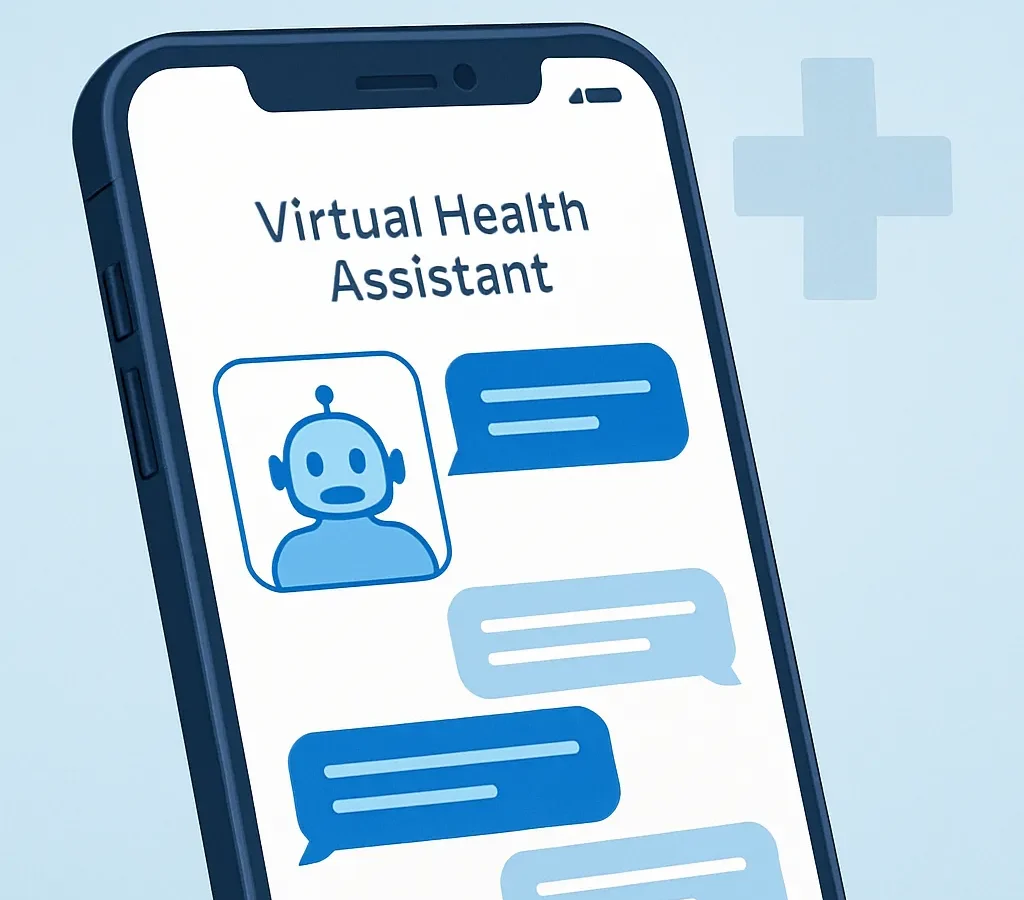In a world increasingly shaped by artificial intelligence, healthcare is experiencing one of the most profound transformations. At the center of this change? Healthcare chatbots.
These digital assistants are doing much more than answering FAQs. They are triaging patients, managing medication schedules, and even providing mental health support, all while reducing burden on healthcare providers. As 2025 unfolds, the impact of chatbots on patient care is only accelerating.
In this article, we’ll break down 7 powerful ways healthcare chatbots are changing the game and what it means for the future of healthcare IT.
1. Intelligent Triage and Symptom Assessment
Patients are no longer stuck on hold with nurse hotlines. AI-driven chatbots can now:
- Collect symptoms in real time
- Suggest possible conditions based on symptom analysis
- Recommend appropriate next steps (e.g., “see a physician,” “visit urgent care,” or “home care”)
Why It Matters: Faster triage saves critical minutes in emergencies and reduces unnecessary ER visits, improving outcomes and cutting costs.
Example: Apps like Buoy Health use advanced decision trees and AI to guide patients to the right level of care within minutes.
2. 24/7 Appointment Scheduling and Reminders
Scheduling a doctor’s visit doesn’t have to be a frustrating experience anymore. Chatbots can now:
- Integrate with hospital scheduling systems
- Book, reschedule, or cancel appointments via chat
- Send automatic reminders and confirmations
Why It Matters: Missed appointments cost the U.S. healthcare system an estimated $150 billion annually, according to Healthcare Finance News. Automated systems help reduce no-shows dramatically.
Example: Health systems integrating chatbot-based appointment scheduling and reminders have observed 30% or greater reductions in patient no-show rates, according to the Journal of Medical Internet Research.
3. Medication Management and Refill Assistance
Medication non-adherence leads to approximately 125,000 preventable deaths each year in the U.S., according to research published by the National Library of Medicine. Chatbots are helping by:
- Reminding patients to take medication
- Helping patients request prescription refills
- Offering answers to common drug-related questions
Why It Matters: Automation improves adherence and keeps patients healthier between appointments.
Example: Some pharmacy chains now offer chatbot-based text reminders tailored to each patient’s medication schedule.
4. Mental Health Support and Crisis Intervention
With mental health concerns on the rise, chatbots are stepping in to:
- Provide 24/7 conversational support
- Offer guided Cognitive Behavioral Therapy (CBT) exercises
- Direct users to emergency resources when needed
Why It Matters: Not everyone can access a therapist immediately. Chatbots offer immediate, stigma-free support when people need it most.
Example: Woebot, a mental health chatbot, uses evidence-based techniques to help users manage anxiety and depression symptoms.
5. Streamlined Patient Intake and Administrative Tasks
Nobody likes filling out clipboards of paperwork in a waiting room. Chatbots are making this easier by:
- Collecting intake forms digitally before appointments
- Verifying insurance eligibility
- Answering common pre-visit questions
Why It Matters: Administrative overhead is a massive cost driver in healthcare. Automating these tasks improves efficiency and patient satisfaction.
Example: Clinics implementing chatbot-assisted intake processes report 20% faster patient check-in times, according to Healthcare IT News.
6. Chronic Disease Management and Remote Monitoring
For patients with conditions like diabetes or heart disease, chatbots provide:
- Daily or weekly symptom check-ins
- Diet, exercise, and medication guidance
- Red flag alerts when readings are abnormal
Why It Matters: Continuous, low-friction communication helps patients stay engaged in their care plans, improving long-term outcomes.
Example: Diabetes management apps using chatbot interfaces have led to improved blood sugar control, based on outcomes reported in JMIR Diabetes.
7. Health Education and Lifestyle Coaching
Patients increasingly seek “Dr. Google” for health advice, but chatbots offer a smarter, safer alternative by:
- Delivering curated, evidence-based educational content
- Offering personalized health tips
- Dispelling myths and misinformation
Why It Matters: Informed patients make better decisions about their health and healthcare utilization.
Example: Some insurance companies now deploy wellness chatbots to proactively coach members toward healthier habits.
Final Thoughts: The Chatbot Revolution Is Just Getting Started
The rise of healthcare chatbots is not just about convenience. It’s about fundamentally transforming patient engagement, improving outcomes, and making healthcare more accessible for all.
While challenges remain, like ensuring privacy, maintaining empathy, and handling complex medical cases, the future is undeniably digital.
In 2025 and beyond, expect chatbots to become an essential, everyday part of how patients interact with the healthcare system.
What do you think about the future of healthcare chatbots? Have you interacted with one yet? Share your experience in the comments below!
